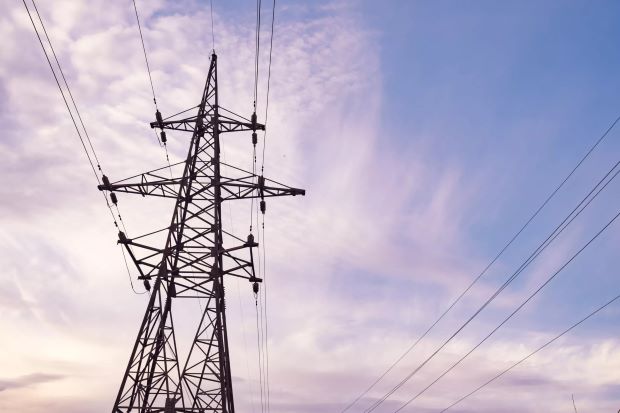COLOMBO – Profits of Sri Lanka’s state-run Ceylon Electricity Board fell 85% to 3.5 billion rupees, with revenues down 2%, interim accounts show.
Quarter-on-quarter profits were down from 5.3 billion rupees in June.
At the group level, profits were 466 million rupees, down from 29 billion rupees last year. Last year’s profits were boosted by other income and gains.
CEB revenues fell 2% to 118.9 billion rupees in the September 2025 quarter, from 120.8 billion rupees a year ago, and cost of sales went up 12% to 115.8 billion rupees.
Gross profits contracted 83% to 3.0 billion rupees.
In the nine months to September, the CEB reported a loss of 9.5 billion rupees, due to a price control involving a 20% tariff cut ordered by the Public Utilities Commission of Sri Lanka (PUCSL) in January 2025.
As a result, CEB’s accumulated losses grew to 413 billion rupees by end September 2025, from 398 billion rupees.
Under the Rajapaksa regimes, state energy enterprises ran losses due to political decisions to subsidize energy off-budget, and the Ceylon Electricity Board also did not submit requests to the regulator, most of the time to raise prices as the rupee fell or fuel or other costs rose.
CEB losses then ended up as debt to state banks or arrears to the Ceylon Petroleum Corporation (CPC), which then borrowed from state banks or got dollar suppliers’ credit.
The off-budget subsidies finally ended up in the national debt as equity is injected or debts are taken over to settle loans outside of revenue.
Since the sovereign default, in which the losses of CEB and CPC, which were financed by bank credit, played a key role, administrations under Ranil Wickremesinghe and President Anura Dissanayake had been prepared to take a political hit for long term national interest and submit tariff hikes to the regulator.
However, a challenge has come from the regulator not approving tariff hikes or imposing price controls, triggering losses.
The CEB is also used by the authorities to give subsidies to small users, outside of the budget, undermining the transparency of public finances.
In 2025, the International Monetary Fund withheld a program disbursement after the price control imposed by the regulator.
In June, the CEB sought an 18.3% tariff increase on average after the earlier tariff cut by the regulator triggered losses, and the regulator gave a 15% increase, though an October tariff hike was denied.
Officials have said that they face lawsuits from customers if they do not adhere to the pricing methodology.
There are attempts to reform the price methodology.
“Staff remain concerned about governance elements of electricity cost-recovery, moving forward, and further consultation will be needed in upcoming reviews to ensure a durable solution,” the IMF report said.
“Authorities have committed to reviewing the tariff methodology by end-November 2025 in consultation with IMF staff.”
There have been concerns that the regulator does not have sufficient accountability to safeguard the finances of the CEB, unlike the fiduciary responsibility a Board of Directors have towards a company.
A part of the past losses of the CEB, as well as SriLankan Airlines, have come from currency depreciation triggered by inflationary open market operations of the central bank and flawed exchange rate policy (flexible exchange rate).
In October 2025, the regulator again denied a 6.8% price increase sought by the utility amid a depreciating rupee.
However, there has been strong rainfall in the December quarter, which has pushed up hydro generation. The losses in the CEB come in part from the current pricing methodology, which the regulator is acting on.
Sri Lanka also charges excessive prices from services, which may have killed a range of services exports the country can engage in, especially using the geographical location, including data warehousing.
-economynext.com



Comments are closed, but trackbacks and pingbacks are open.